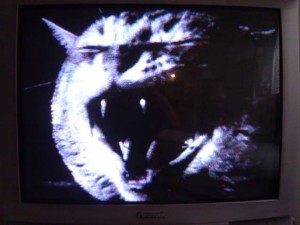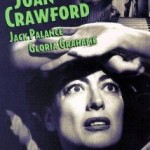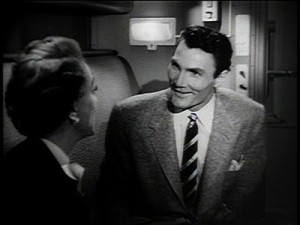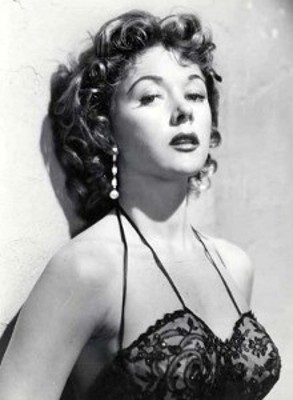Happy Halloween everyone! More on the most famous kitties in film noir …
The Cat in “Sudden Fear” 1952
Name: Scair D. Cat
Character Name: Alcatraz Joe

His one-time acting role allowed Chicago-born Scair D. Cat to pursue his culinary ambitions on the West Coast.
Bio: Having grown up in the back room of Chicago’s Katnip Klub on Lincoln Park West (“where no puss gets the boot”), Scair D. Cat was on particularly friendly terms with bartenders, bouncers and cooks. In fact, it was by helping out in the kitchen that he perfected a secret steak sauce he hoped to introduce to a bigger audience.
After receiving the blessing of the Klub’s management, Scair decided the sauce was ready for the big leagues and on a chilly winter day in 1952 skulked his way to Table One of the famous Pump Room restaurant at the Ambassador East Hotel, seeking to snag the chef’s attention.
But as Fate would have it, Joan Crawford and director David Miller were the human guests at Table One that day, discussing their upcoming project, the melodramatic thriller “Sudden Fear,” set in San Francisco. Crawford’s role as a playwright, who marries a younger man (Jack Palance) but discovers his treacherous true colors and carefully plots her retaliation, was one of her most demanding.
 Crawford, eyes bulging and brows arched, took one look at Scair’s bulging eyes and arched brows, and convinced Miller that he should be cast as Alcatraz Joe. Scair was not the least bit interested in acting or Hollywood but Crawford won him over by promising that she would help promote his steak sauce on the West Coast as soon as filming wrapped. And Crawford made the ideal choice – Scair lends a shocking fierceness and rugged theatricality to the intense chase scenes toward the movie’s end.
Crawford, eyes bulging and brows arched, took one look at Scair’s bulging eyes and arched brows, and convinced Miller that he should be cast as Alcatraz Joe. Scair was not the least bit interested in acting or Hollywood but Crawford won him over by promising that she would help promote his steak sauce on the West Coast as soon as filming wrapped. And Crawford made the ideal choice – Scair lends a shocking fierceness and rugged theatricality to the intense chase scenes toward the movie’s end.
True to her word, Crawford made several important introductions for her feline co-star. At the same time, Scair fell in love with the West Coast and began creating seafood sauces and recipes. He set up shop in San Francisco’s Fisherman’s Wharf and became a consultant to restaurants such as Alioto’s. He and Crawford remained close friends.












From FNB readers